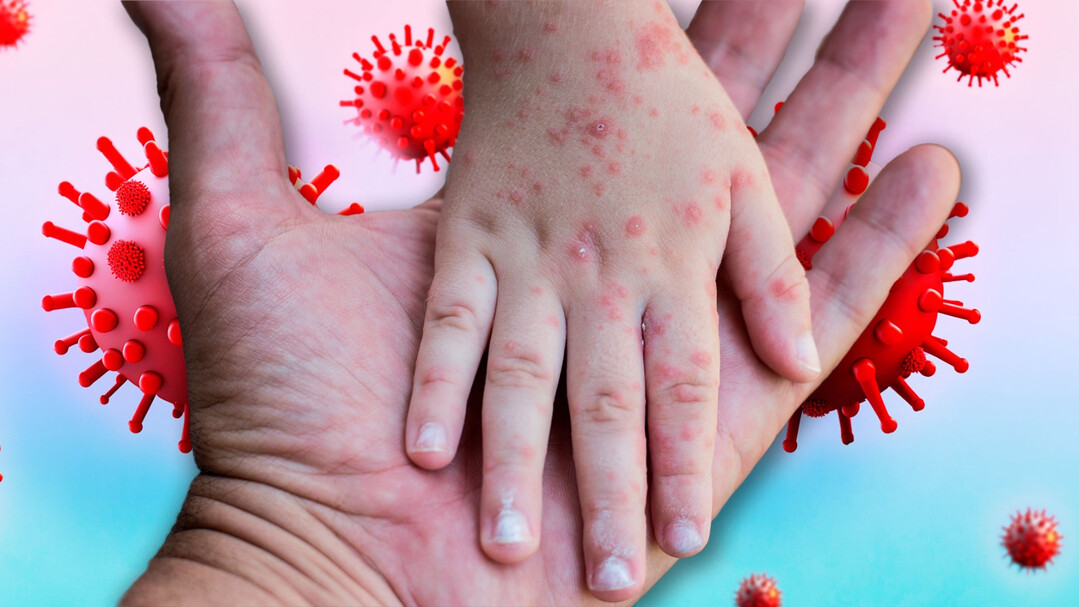
Measles is one of the most contagious diseases and a leading cause of death among children, according to the World Health Organization (WHO), although it can be acquired at any age, even in adulthood if a person did not have it in childhood.
This week, the Federal Ministry of Health issued an epidemiological alert after several cases of measles or rubella were recorded in various countries, including Mexico, calling for measures to be implemented to prevent an increase in infections.
How many cases of measles are there in Mexico?
According to the Ministry of Health's notice, the Epidemiological Surveillance System for Febrile Exanthematous Disease has registered 416 probable cases of measles or rubella in Mexico so far in 2025, as of March 8.
Of these, 22 were laboratory-confirmed as measles, which represents a significant increase compared to the same period in 2024, when only seven confirmed cases were reported.
It detailed that of the confirmed cases, two were imported and 20 were associated with importation, meaning the latter were part of a local transmission chain originating from an imported case.
Which states have the most cases?
According to the same information, 22 confirmed cases of measles have been identified, which occurred mainly in February.
Of the total, 18 cases were registered in Chihuahua and four more in Oaxaca, of which 15 are men and seven are women, who have a positive RT-PCR result from the LESP and InDRE.
By age group, the most affected are people from five to nine years old, with 11 cases; patients from 10 to 14 years old, with four; from 25 to 44 years old, with four; from 15 to 19 years old, with two; and finally from 1 to 4 years old, with one case.
How is measles spread and what are the symptoms?
According to the Mexican government, measles is spread through invisible droplets that come out of the nose and mouth of sick people, either by direct contact or through the air.
Measles is a viral disease that can be prevented through vaccination, especially with high coverage among the population.
The most susceptible group to acquire this disease is young children and pregnant women who have not been vaccinated.
The symptoms of measles change as the disease develops and some of them are:
High fever that lasts between 4 and 7 days, and occurs after 10 or 12 days of being in contact with the virus.
Nasal congestion.
Cough.
Red and runny eyes.
White spots on the inside of the cheeks.
Subsequently, a reddish rash develops on the skin that lasts 5 to 6 days.
The reddish rash starts on the face and upper neck, spreads to cover the body in approximately 3 days, and then disappears.
Measles can have serious complications, even be fatal. Some of the complications are pneumonia, encephalitis, severe diarrhea, and ear and respiratory infections.
What is the treatment?
There is no specific antiviral treatment for measles. However, to avoid serious complications, care includes adequate nutrition, fluid intake, treatment of dehydration, prescription of antibiotics if necessary (for eye, ear, or pneumonia infections), and vitamin A supplementation. The latter has a proven effect in reducing mortality.
How to prevent measles?
Vaccination and epidemiological surveillance are two of the main tools to prevent measles.
Vaccination is safe, effective, and economical. The schedule for the MMR (measles, mumps, and rubella) vaccine, which protects against measles, rubella, and mumps, indicates the application of two doses: the first at 12 months of age and a booster at 6 years old.
Adolescents and adults who do not have the two doses of the MMR vaccine can receive the measles and rubella (MR) vaccine.
[Copyright (c) Global Economic Times. All Rights Reserved.]






























